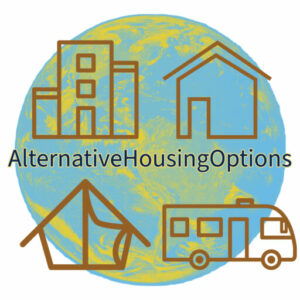While the tiny house craze has been happening for a better part of 10 years, there is an alternative housing solution that has been around since the 1950s: the accessory dwelling unit or ADU. The ADU is what many people would call a garage apartment, mother-in-law suite, or granny flat. We’ve seen them popularized in television shows like Happy Days, where the Fonz lived in a garage apartment, and Full House had an attic conversion for Uncle Jessie. For many, the concept of an ADU is new and confusing. Let’s dive into an ADU and how it can be an alternative housing solution.
An ADU is an independent living space smaller than the primary home on the same lot. It can be attached, detached, or an interior unit. Homeowners can use an ADU as a rental unit to generate extra income, utilize space, or create space to allow family and friends to live with them.
What does ADU mean?
According to The United States Department of Housing and Urban Development, an Accessory Dwelling Unit (ADU) is “a habitable living unit added to, created within, or detached from a primary one-unit Single-Family dwelling, which together constitutes a single interest in real estate. It is a separate additional living unit, including kitchen, sleeping, and bathroom facilities.”
What that means for the rest of us is that an ADU can be a basement or garage apartment, a tiny house added to the property, or any combination of independent living spaces that can be rented or used as a separate form of alternative housing.
What is the purpose of an ADU?
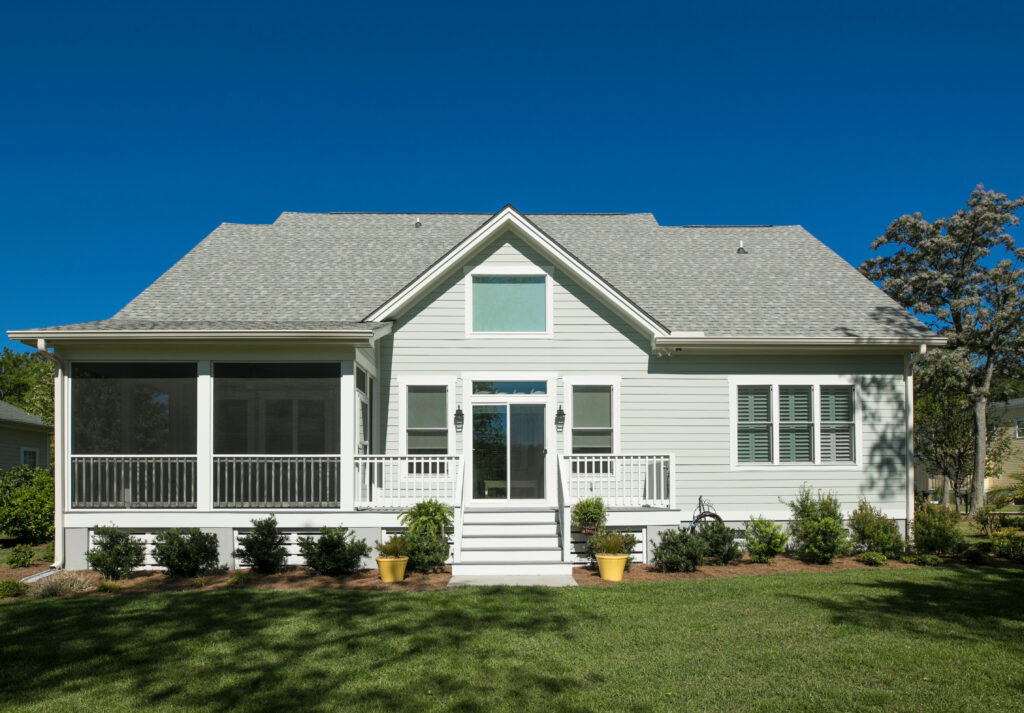
ADUs can offer unique benefits of independence while still being a part of the family community. For homeowners, an ADU can mean independence for young adults as they are just starting out. It is a way for the family to help them learn the responsibility of renting without kicking them out of the family house. An ADU can also provide the opportunity to care for aging parents and elderly family members by providing them with independent yet family housing. Another benefit of an ADU is that extended families could help each other out by providing temporary housing between apartments or helping them save money to purchase their own homes.
How much does it cost to add an ADU?
An ADU is typically far lower in total construction costs than a traditional single-family house. Typically, a detached unit can range from $20,000– $350,000 in more expensive areas of the U.S. This difference could be between a tiny house version of 100-400 square feet or a small cottage between 500-1000 square feet.
However, if you’re converting an interior room or area, or an attic or garage, you are looking at $30,000–$75,000 depending on the utilities and services you need to add to that space. In some cases, a light renovation with paint and carpet will work; in others, you may be building out a small bathroom and kitchen.
How many ADUs are there in the U.S.?
There is impressive growth in ADUs from 1997 when there was less than 2,000 listings monthly to 2018 and over 12,000 listings. ADUs grew 8.6% in year-over-year growth between 2009 and 2019 according to CoreLogic MLS. Because ADUs are smaller they are typically more energy-efficient.

Number of ADUs listed on MLS for the first time across the United States, 1997-2019.
Types of ADUs
ADUs are classified into three categories: detached, attached, and interior.
Detached ADUs are separate buildings from the primary dwelling. They can be stand-alone, like a tiny house or cottage, or constructed over existing structures, such as a detached garage.
A tiny permanent house, cottage, storage container house on the lot of the primary house but separate from the house is considered a detached ADU. A mobile unit like an RV, van camper or other movable structure is not considered an ADU.
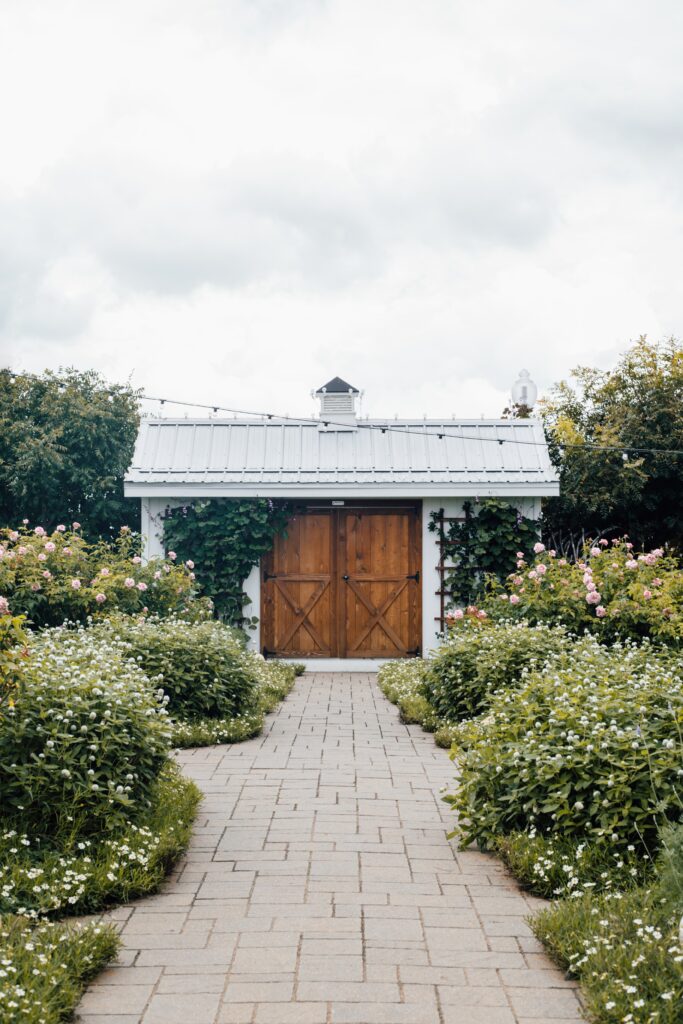
The attached ADUs are an extension of the main house to add another residence. Like converting the entire attached garage or lot into an apartment suite. Above the garage, ADUs fall into this category if the garage is attached.
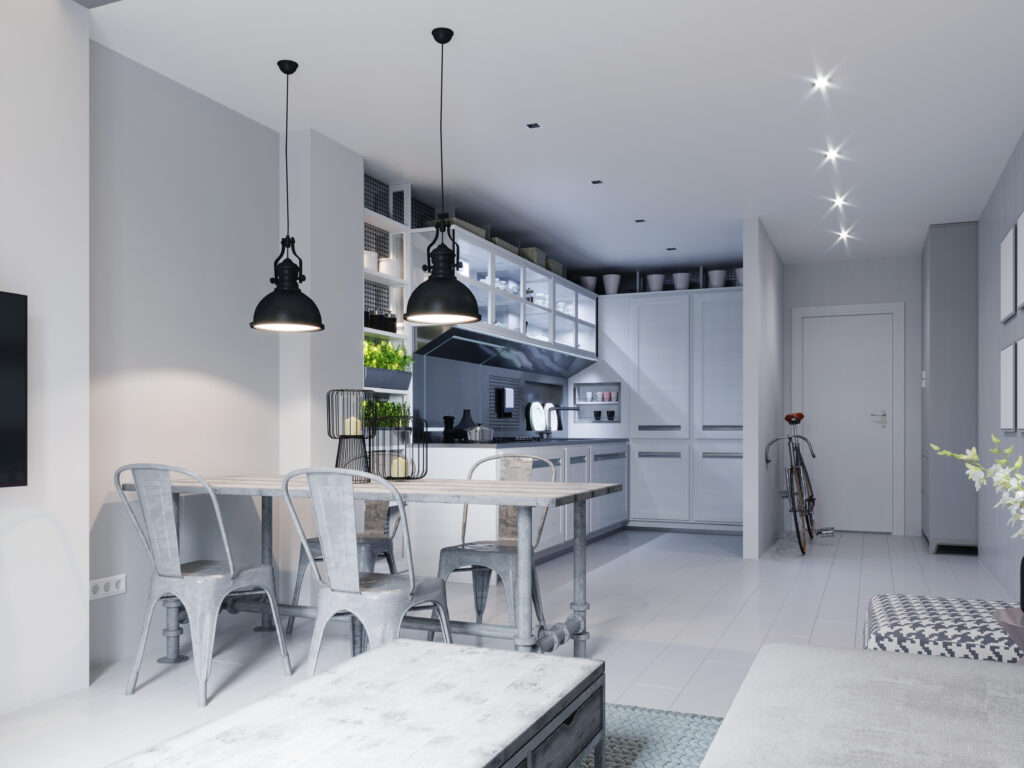
Interior ADUs are inside the primary dwelling like an attic or basement converted into a separate living space. The ADU can be located to the rear or side of the primary house but can be built on top of an attached garage.
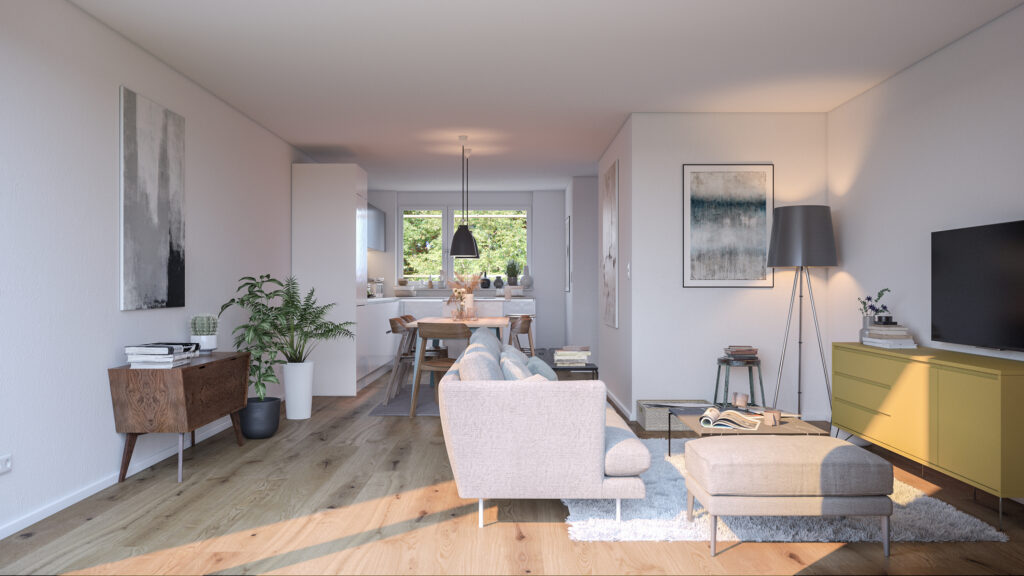
Frequently asked questions about ADUs
Are ADUs included in the primary home’s square footage?
Yes, if the ADU adds to the square footage already there, adding a detached unit or converting the garage or basement into living areas that were not counted previously. If you add a detached ADU that is 400 square feet, say 20’ x 20’ of the finished and livable space, that gets added to your primary home’s square footage.
Can an ADU be used as a primary residence?
The primary owner of the house can live there, but the ADU is not the primary residence. That is always the main house on the property. Neither the ADU nor the primary residence can be sold separately. The ADU is an accessory dwelling to the primary.
Alternative housing ideas come in many shapes and sizes. If you have space in many of your primary homes and your local building codes allow for ADUs, you could build a rental unit, mother-in-law suite, or ADU for your college student. Don’t overlook extra space you might not be used in your basement or garage as well. They could be great options for ADUs. Check out other alternative housing ideas that might work for you.
